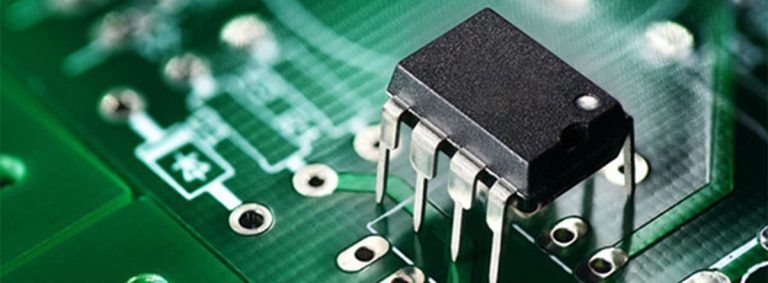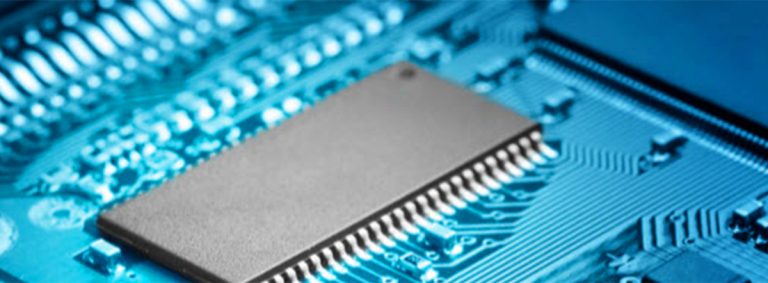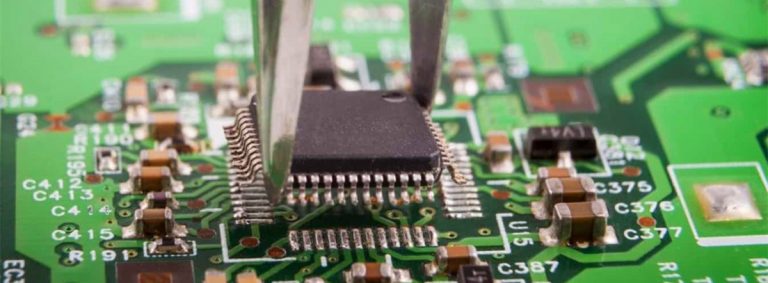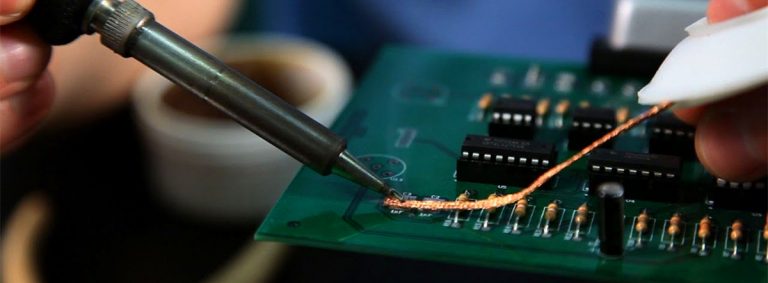What are the Differences Between HASL and Lead-Free HASL on PCB Board?

With the continuous development of the electronics industry, the technical level of PCB boards is also constantly improving. Common processes mainly include tin spraying, immersion gold, gold plating, OSP, etc. In fact, spraying is divided into HASL and Lead-Free HASL on PCB Board, so what is the difference between them?
1. From the surface of the SMT PCB board, the lead tin is brighter, and the lead-free tin (SAC) is relatively dim. The wettability of lead-free is slightly worse than that of lead-free.
2. Lead in the lead is harmful to the human body but lead-free is not. The leaded eutectic temperature is lower than that of lead-free. The exact amount depends on the composition of the lead-free alloy. For example, the eutectic of SNAGCU is 217 degrees, and the welding temperature is the eutectic temperature plus 30 to 50 degrees. It depends on actual adjustments. The leaded eutectic is 183 degrees. Lead is better than lead-free in mechanical strength and brightness.
3. The lead content of lead-free tin does not exceed 0.5, and the lead content reaches 37.
4. Lead will increase the activity of the tin wire during the soldering process. The lead-tin wire is better than lead-free tin wire, but lead is toxic, and long-term use is not good for the human body, and lead-free tin will have a higher melting point than lead-tin. In this way, the solder joints are much stronger.
5. Lead will increase the activity of tin in the soldering process. With lead-tin wire, it is easier to use when compared with lead-free tin wire, the lead-free tin spray has a higher melting point than the lead-tin spray, and the solder joints will be much stronger.
6. The price of lead-free tin spraying and lead-free tin spraying for PCB proofing is the same, there is no difference.







